Alpinestars products, and specifically its boots, are found on the bottom of the top professional racers in motocross and off-road. Those riders aren't just paid to fly the A-Stars logo on the podium; each one sends in a performance report after every event to help develop future products' performance, comfort and durability.But Alpinestars didn't want to rely exclusively on real-world testing (and moody athletes) for all its information. The company wanted empirical data it could extract from different designs in a controlled environment. To remove variables such as grittier sand at one track, more aggressive riding on "good days" or colder weather on another day, Alpinestars constructed an underground high-tech test lab in the late 1990s in its facility in Asolo, Italy.The lab now functions year-round to simulate and improve wear characteristics, evaluate protection performance, and maximize comfort on prototype concepts, alternate materials, updated designs, next-generation models and sometimes...just prettier colors. Current models in production often get a tour for an advanced level of quality control. Here's a look at the "boot camp" a product needs to go through before it heads out in the black box with the A-Stars logo on it.
Latest



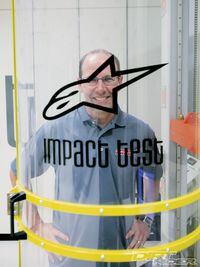

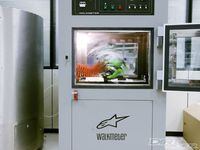
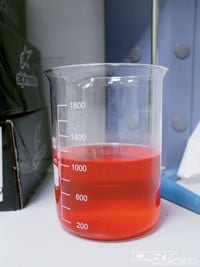
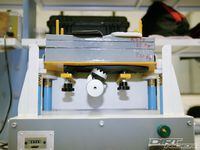
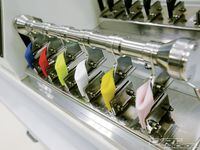

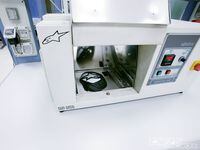
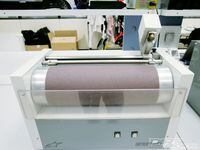
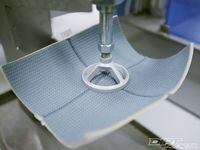
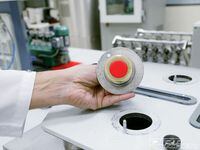
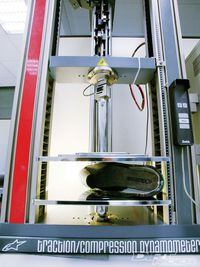
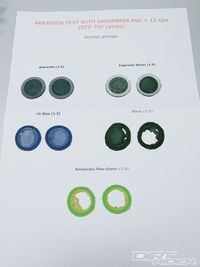
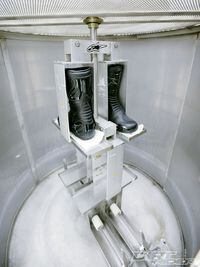
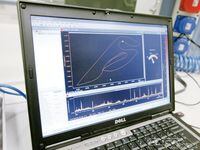
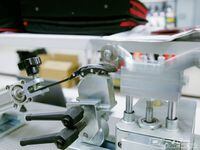
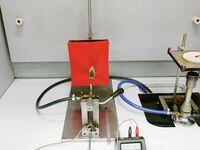
/cloudfront-us-east-1.images.arcpublishing.com/octane/TT7Y2HUFOFF3RK4BQBMIFR7WGU.jpg)
/cloudfront-us-east-1.images.arcpublishing.com/octane/M23QJHVQ2ZDYPH5FZCBQJ2KXLA.jpg)
/cloudfront-us-east-1.images.arcpublishing.com/octane/HHQFFZYU6FFHTFSQRMPPYT35HU.jpg)
/cloudfront-us-east-1.images.arcpublishing.com/octane/7FCUDZHB3JBIHDW72FQBWIMBAU.jpg)
/cloudfront-us-east-1.images.arcpublishing.com/octane/X2C5PKAJAVDDXK6HNVQXT2Z6EE.jpg)
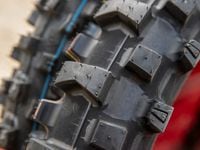
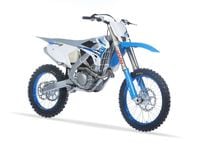
/cloudfront-us-east-1.images.arcpublishing.com/octane/54CMCACP5NAOZAFY2PJ3P4VLKM.jpg)
/cloudfront-us-east-1.images.arcpublishing.com/octane/BH3XMANK2VG5LA2XRDBBHMK4BE.jpg)
/cloudfront-us-east-1.images.arcpublishing.com/octane/7ZAAPXQWLVHXNAKXD5L7JJXCWU.jpg)
/cloudfront-us-east-1.images.arcpublishing.com/octane/QEO3EAHL55HUVDNVFC33QBYJZU.jpg)
/cloudfront-us-east-1.images.arcpublishing.com/octane/TS4CQC6KHZHHNG2DT44EOMISSA.jpg)
/cloudfront-us-east-1.images.arcpublishing.com/octane/AW6VAJP355AJVMXNDZ3CCBOWJM.jpg)
/cloudfront-us-east-1.images.arcpublishing.com/octane/TNWYBCGJB5H45PLJQBCOLD5RWU.jpg)
/cloudfront-us-east-1.images.arcpublishing.com/octane/IRZZYHO4XVDHRH22P2ZDQDRYHM.jpg)
/cloudfront-us-east-1.images.arcpublishing.com/octane/NNX5PHJJTBCKNJGQDQZDFRHYR4.jpg)
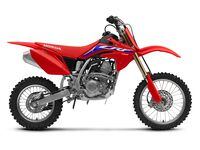
/cloudfront-us-east-1.images.arcpublishing.com/octane/3GVBLEXDJBCMDPQSU3DCLA2ZIU.jpg)
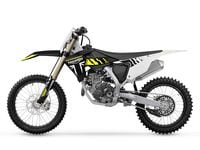
/cloudfront-us-east-1.images.arcpublishing.com/octane/VM4IESJWNVADRCTV4XHH24PGPA.jpg)
/cloudfront-us-east-1.images.arcpublishing.com/octane/HM5XHDOCUJAONMRU7G3W3XT3DM.jpg)
/cloudfront-us-east-1.images.arcpublishing.com/octane/PKDJEFNWPFC5FBQIQKWFNZXUWQ.jpg)
/cloudfront-us-east-1.images.arcpublishing.com/octane/52VYACHLOJFIJBXCVVF6HOBTXQ.jpg)
/cloudfront-us-east-1.images.arcpublishing.com/octane/EMZFWPV7WRDXBO5MLMM6K3UVYI.jpg)